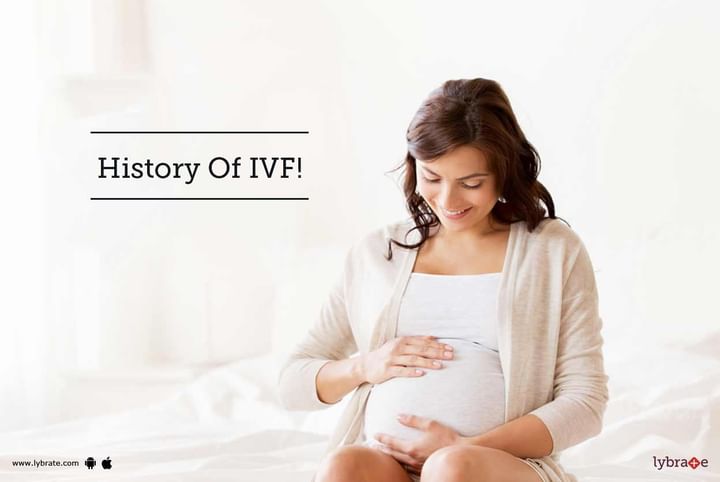History Of IVF!
In-vitro fertilization (IVF) is a readily recognizable term today. However, scientists took hundreds of years to perfect IVF technology, which has brought it to where it is today. If you want to know how it all started for IVF, you have to begin as early as the 1800s.
IVF in the 1800s-
Until the very early 1800s, people were unaware that the sperm and the egg combine to form a new human being. After scientists discovered this fact, a doctor performed the first ever intrauterine insemination on a woman using the husband’s sperm. However, this insemination did not result in a successful pregnancy.
In 1884, Dr. William Pancoast used donor sperm to inseminate a woman whose husband was infertile.
IVF in the early 1900s-
By the early 1900s, scientists began to extensively research the connection between hormones and fertility. In 1934, a scientist named Gregory Pincus performed IVF-like studies on rabbits, for which he was fired from his job. Pincus’s primary researcher Menkin continued this research regarding IVF.
At a Baltimore hospital in 1965, Dr. Jones and Dr. Edwards became the first physicians to fertilize a human egg in vitro successfully. Dr. Edwards returned to England and continued his IVF research. In 1968, he, along with Dr. Patrick Steptoe performed a laparoscopy to extract an egg from a woman and fertilize it in vitro. This study was published in the 1969 edition of Nature.
IVF in the 1970s-
On September 12, 1972, the world could have witnessed the first successful IVF pregnancy, but it was stopped at the last moment. On this day, Dr. Sweeney managed to extract five eggs from a woman. The woman’s husband collected the eggs and brought it to Dr. Shettles at Columbia-Presbyterian Hospital. The husband then collected a fresh sample of his own ejaculate and asked the doctor to use it to fertilize the eggs. However, the Chairman at the hospital found out about the experiment and prohibited it.
In 1975, Dr. Steptoe and Dr. Edwards announced the first successful IVF pregnancy to the world. However, due to an ectopic pregnancy, the endeavor failed. The duo once again announced successful IVF pregnancy in 1978. This time, the pregnant woman Lesley Brown gave birth to the world’s first IVF baby, Louise Joy Brown.
IVF in the 1980s and 1990s-
The regulation became a problem during the initial stages of IVF. Australia became the second country to report a successful IVF-related birth in 1980, while the United States became the third in 1981. After these three successful cases, the interest and studies related to fertility increased drastically.
The following events occurred thereafter–
• Scientists began improving fertility drugs
• Doctors devised methods to extract eggs through the vagina, instead of through laparoscopy
Other changes also came into effect and the IVF technology evolved. While initially, IVF resulted in multiple pregnancies and other problems, more studies and advancement in the field made it safer.


+1.svg)
